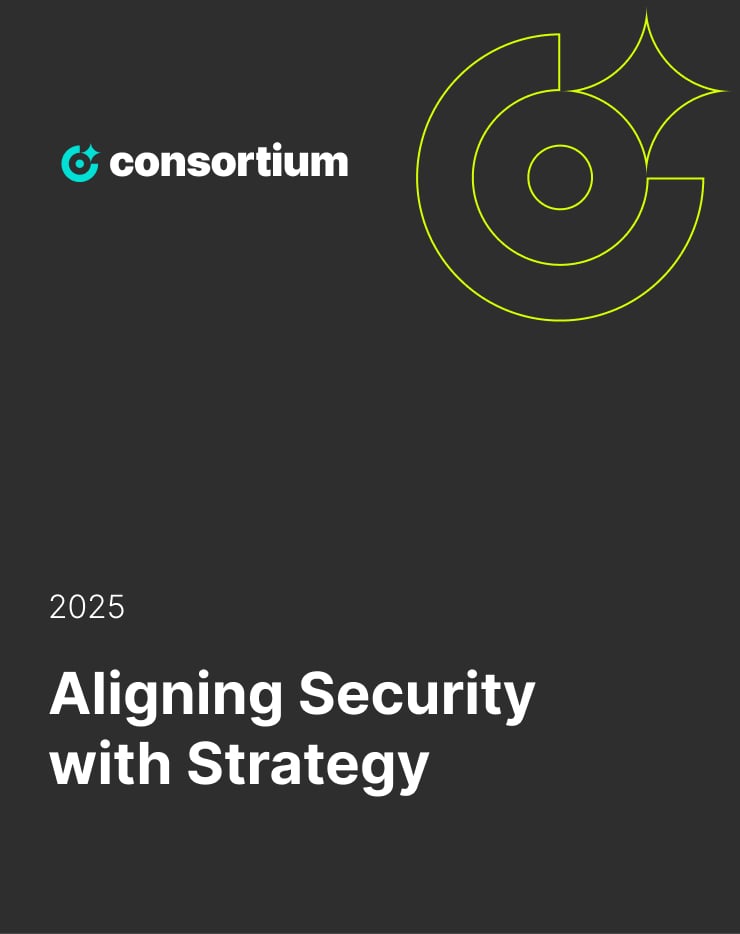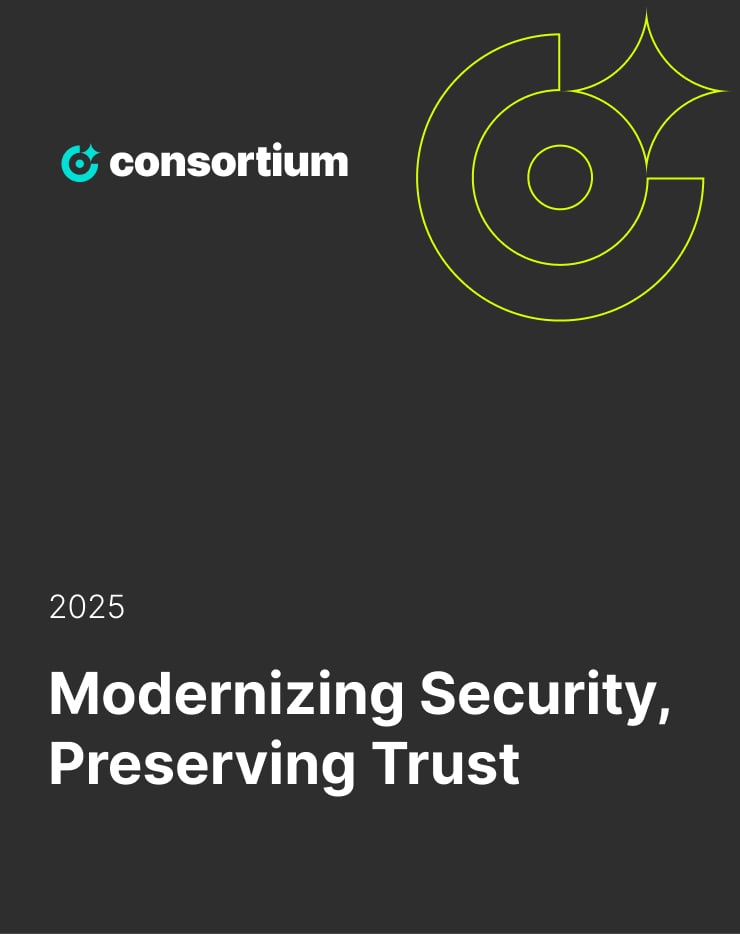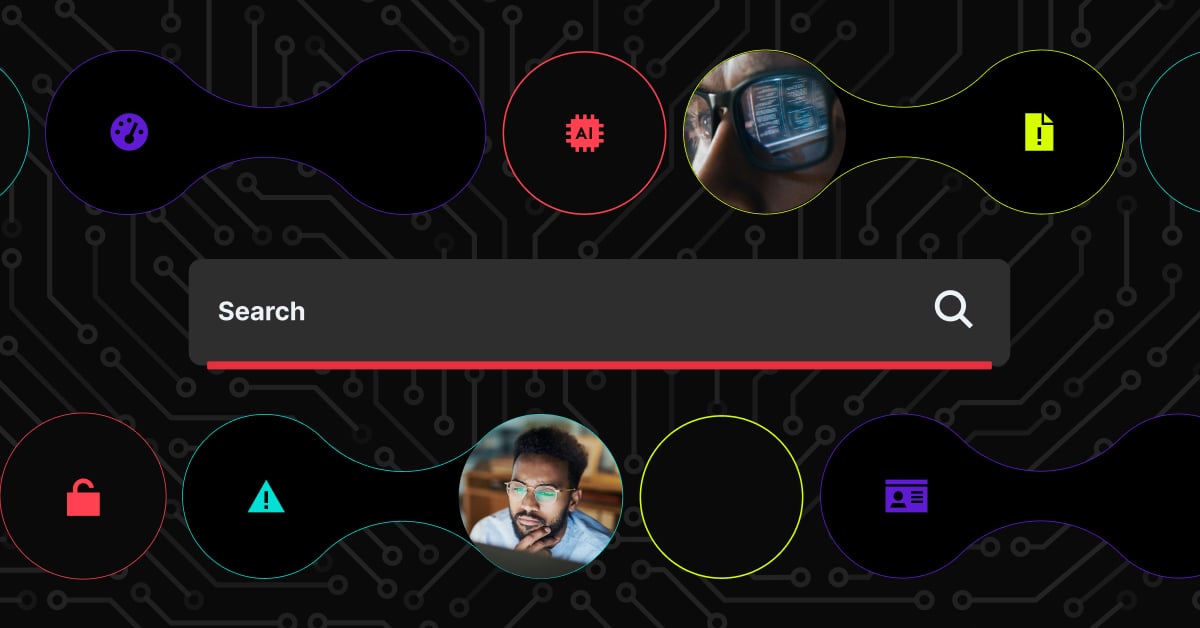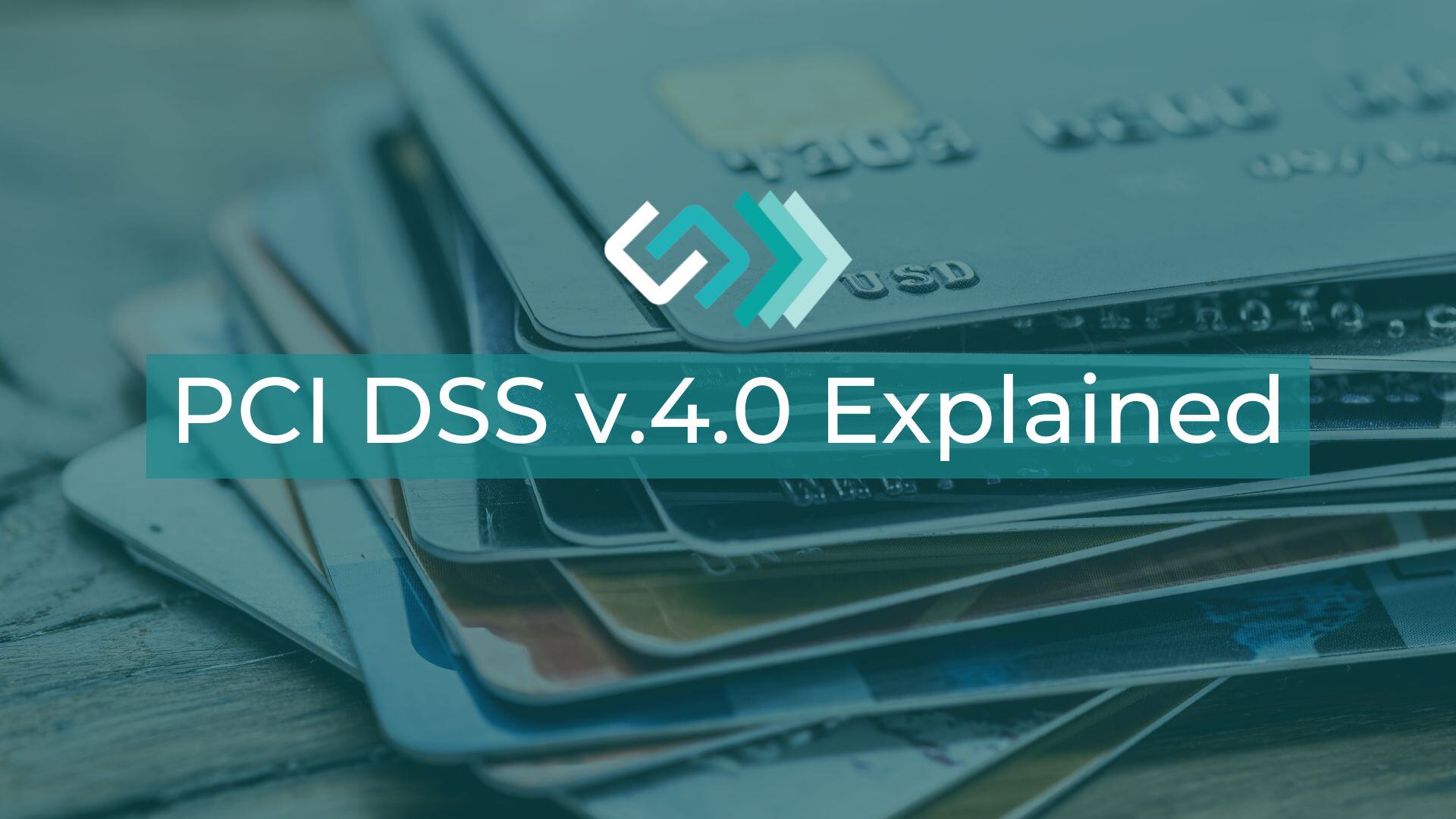A flattened knowledge surface unlocks collective intelligence of an organization, whatever its vertical or size. It makes enterprise knowledge, regardless of where it’s stored or how it’s structured, easily searchable and accessible through generative AI. It removes the complexity of navigating silos and systems, allowing employees to ask questions and receive clear, contextual answers—treating the organization’s collective knowledge as if it exists on one unified, intelligent layer. It’s no wonder that bringing enterprise AI search to life has become the urgent imperative of today’s CIOs and CTOs.
Flattening enterprise knowledge into a single AI-powered search layer abstracts away the complexity of where the data lives. That’s the goal—but it also means there are now risks of unintentionally surfacing sensitive or restricted content to users who wouldn’t normally have access to it.
Traditional cybersecurity controls—while essential—are often insufficient when it comes to managing the risks introduced by a Flattened Knowledge Surface, especially in an AI-powered enterprise search context.
Most identity and access management (IAM) tools enforce role-based access control (RBAC) for applications or files. But when GenAI summarizes or answers a question based on multiple sources, it can unintentionally combine information the user isn’t directly entitled to.
Example: An AI system could answer a question like “What’s the status of the XYZ acquisition?” by pulling context from legal, finance, and strategy docs—some of which the user should never see.
Data Loss Prevention (DLP) and traditional data classification tools don’t understand the semantic meaning of content. They might block a file with “confidential” in the title but miss sensitive insights hidden in natural language summaries or AI-generated answers.
AI can inadvertently summarize PII or proprietary code snippets that a DLP engine wouldn’t flag in text form.
Finally, AI introduces new attack vectors. AI systems powering enterprise GenAI search, create a new surface area for non-traditional attacks—many of which occur not through classic exploitation (like malware or phishing), but through manipulating the behavior of the model itself or its surrounding systems. Some of those include:
- Prompt injection
- Model manipulation
- Indirect data exposure via output (hallucinations)
These require AI-specific guardrails and observability, not covered by legacy cybersecurity platforms.
Bottom Line: Data Governance Is the Foundation for Secure AI-Powered Enterprise Search
Flattening enterprise knowledge with generative AI unlocks tremendous value—seamless access, faster decisions, and empowered teams. But this new layer of intelligence also raises complex risks around data exposure, accuracy, and compliance.
At the heart of managing these risks lies strong data governance. Without a clear framework to classify, control, and monitor data across the enterprise, no amount of security tooling or AI guardrails can fully prevent sensitive or inaccurate information from slipping through.
In other words, data governance is the foundation upon which all other AI knowledge security rests. It sets the rules for what data can be used, by whom, under what conditions, and how it is protected.
In practice, this means cleaning and classifying knowledge at the source:
- Classify documents by sensitivity level (e.g., Public, Internal, Confidential, Restricted) using manual and automated tagging tools.
- Apply content hygiene processes to avoid duplicates, outdated docs, or “unofficial truths” making their way into the AI layer.
- Enable opt-in/opt-out mechanisms for teams to control what content is indexed and exposed to GenAI.
At the user level, enforcement of context-aware, dynamic access control ensures users only receive AI-generated knowledge they are explicitly authorized to see:
- Integrate enterprise IAM to enforce real-time, identity-based permissions at query time — not just at indexing.
- Ensure document-level, field-level, and source-level access rights are respected in every AI response.
- Implement authorization-aware vector stores and RAG pipelines (Retrieval-Augmented Generation) so the model only retrieves what the user is entitled to.
Solutions That Matter
Consortium has a dedicated AI and Data Security Center of Excellence which is available to all of our clients. Our Enterprise AI Search Readiness Assessment helps our clients identify, assess, and remediate data exposure and leakage in AI-powered enterprise search tools:
- Assess data landscape and governance gaps
- Align on tagging, classification, and access standards
- Define roles, responsibilities, and prepare foundational elements to support enterprise AI tools
- Explore technologies that can help prepare for and protect AI-driven enterprise search through automated visibility, control, and risk reduction across your data landscape









